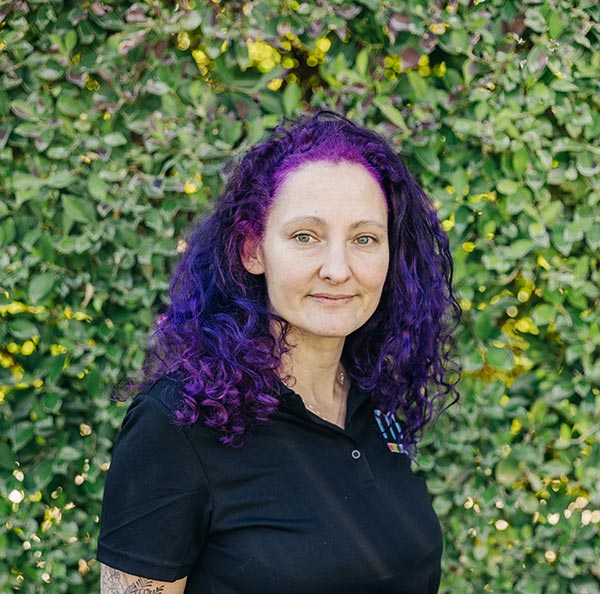It’s a widely agreed-upon fact that students (and teachers) require and deserve regular, specific feedback to help them develop as learners, yet not everyone does it.
Or I should say, not everyone does it well.
Giving feedback is an art and in the same way, we hope to teach students to improve, each of us as teachers needs to work to improve, not just the quality of feedback we provide, but the manner in which we use that feedback to progress our students in their learning.
What good is the communication if it ends on the page, languishing next to crossed-out phrases, never to be implemented into future learning?
So I’m always looking for ways to better improve the communication and flow of feedback to and from my students, in order to provide them with the best learning and growing experience; it is after all, all about them.

Above you see a portion of the form I’ve asked my AP students to fill out. Regularly, I send all of my students (the age and skill level range from an ICT 9th grade journalism class that I teach without a special ed teacher to a 12th grade AP Literature and Composition class) varying Google Forms to gather data about their learning.
In these forms, they are asked to discuss what they feel they are most competent at, what they are still struggling with, the feedback they have been provided, which standards they feel they are meeting/excelling at, which they are still having difficulty with, 3 specific short term goals and any questions they have for me regarding feedback they’ve received thus far.
Within the form are other questions as well that allow me to check myself, like: do they feel they’ve gotten the help they need, what is the best form of feedback for them and how I can better assist them in accomplishing their goals.
The data collected from these forms coupled with the regular student reflections from projects and formative feedback provided while students work generates a full picture of where a student is. All these pieces of evidence create a full picture of progress happening as well as problem areas students need more work in.
Specific feedback comes in many forms, but the best way to do it is always while it’s happening. Instead of telling a student “this is good”, make it count.
- “This headline works because it is active and engaging.”
- “This thesis provides a solid focus for the reader to follow while reading your paper.”
- “You need to work on the cohesion between these paragraphs by providing better transitions to ease the reader into your next idea.”
- “You have the right idea here, but there are many mechanical errors that make it hard to really get. Let’s work together to figure out some proofreading strategies.”
- “Great point in class today, I love how you connected the text with something you read outside of class.”
- “I love how you were able to help your partner really develop a better structure to his/her paper.”
As a writing teacher, this kind of stuff probably seems to come more naturally, but the same goes for all content areas. If a student does something well, be specific in what or how. If they need to work on something, be specific with what needs improvement and provide clear strategies for them to be able to improve.
Then make sure to follow-up.
The follow-up is often the part that gets forgotten because there is such little time and we’ve already moved on. Remind students to apply what they learned from this project to the next one, focusing on improvement, then when it comes time to reflect, there should be a focus on the specific strategies employed and whether or not they feel they are getting the skill better now.
Giving feedback can be an onerous task if we take it on by ourselves, but if we employ the help of our students who can track their individual feedback, then working together, we can do it right. Taking all of the learning and feedback and turning it into progress.
Once the student gets it and can replicate the progress on one or more assignments, then we must acknowledge the growth. That’s the final step.
In what ways do you ask students to participate in their own feedback? Please share
*This piece originally ran on my Education Week Teacher blog Work in Progress in December 2014

